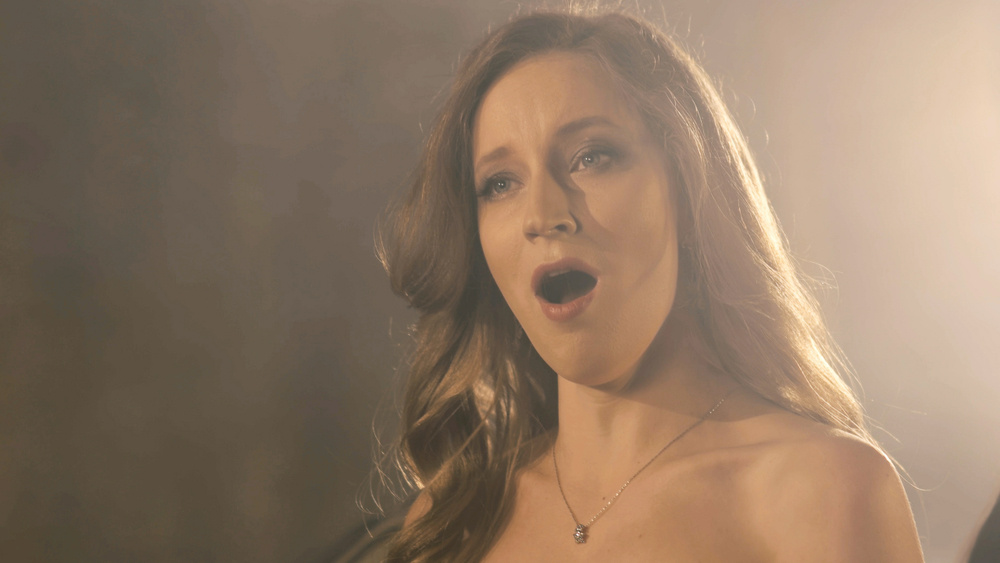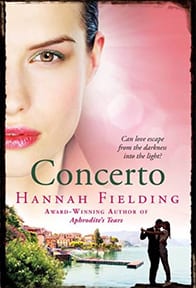A brief introduction to opera
A brief introduction to opera
A brief introduction to opera
-
Hannah
-
Hannah

My latest novel, Concerto, tells the story of a music therapist trying to help a blind pianist composer find his way back to music. Catriona is an accomplished therapist with a great deal of experience and expertise in helping her clients build and heal from a relationship with music. But her skills go beyond her therapeutic training: she is herself a singer, and in her youth, before life intervened, she was set on a path to becoming an international opera singer. Music is her great love in life, but it was of opera specifically that she once dreamt: the beauty, the passion, the drama.

Concerto: available from my shop
An opera, by definition, is a dramatic work set to music played by instrumentalists in an orchestra and sung by singers on the stage. The opera is usually created by a composer, who writes the music, working with a librettist, who is the equivalent of a playwright, writing the text for the opera: the story and the lyrics. Traditionally, an opera is a lavish show, with wonderful costumes and scenery, and along with the acting and music, it can include ballet.
Opera is famously very difficult to sing, and opera singers must have great power, stamina and control in their voice, along with a beautiful tone and an impressive range – and, of course, a commanding stage presence. No doubt you’ve heard the term ‘diva’, which in its traditional meaning refers to a celebrated female opera singer. These singers have such mastery over the voice and such presence that they can become big stars indeed – think Luciano Pavarotti, Placido Domingo and Andrea Bocelli, and Maria Callas, Renee Fleming and Katherine Jenkins.
The origins of opera can be traced back to 16th-century Italy, but in the following centuries composers throughout Europe were inspired to write operas. Perhaps most famous of these is the German composer Mozart, who wrote The Marriage of Figaro, Don Giovanni, Così fan tutte, and The Magic Flute, all of which remain popular today.
Other enduring operas include, among so many, Carmen by Bizet, La Traviata by Verdi, La Bohème and Madama Butterfly by Puccini, The Valkyrie by Wagner, and The Barber of Seville by Rossini. Even if you are not familiar with these operas, you will no doubt recognise pieces of music from them, for they are so prominent in our culture.
A big part of the fun of going to see an opera is the place where the show is staged. Since the first opera house was built in Venice in 1637, cities across the world have been constructing fitting venues for this beautiful and dramatic art form, with iconic architecture outside and splendid grandeur inside.

Sydney Opera House. Photo credit: Photoholgic.
For me, opera is all about emotion; watching an opera is such a cathartic experience. I have sat in opera houses in London, in Paris, in Rome, all over the world, in fact, with tears rolling down my face as I watch a soprano sing an aria of love and heartache.
If, as Floria sings in Tosca, you live for art, live for love, then opera will quite simply make you feel alive. It’s dramatic, it’s impassioned, it’s elaborate, it’s spectacular… it’s truly wonderful!